

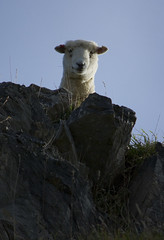
Our destination, an old lime kiln, is a bookmark to Dunedin's turbulent geological and industrial history. Much of the local rock is the basalt remnants of an old shield volcano, but a strip of limestone cuts across the peninsula and harbour floor. The rocks around and above the kiln show the distinctive fluting of exposed limestone, and there are even a few cave entrances to be found.
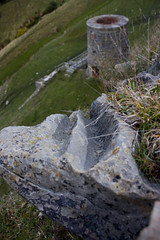

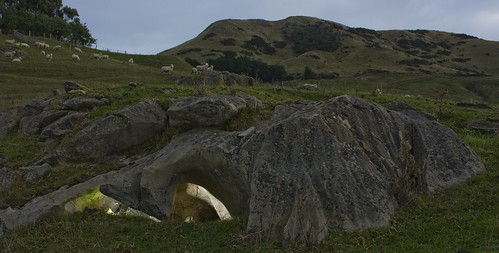
Three kilns were built in the 1860's, directly below the quarries that supplied them. The limestone rock was calcined or burned to drive off the CO2 and leave pure lime. It was mainly used as fertiliser, helping to release soil nutrients but it was also used to manufacture cement at a factory higher up on Sandymount Road. The lime was difficult to transport away from the peninsula, and the operations closed after it became clear that the planned peninsula railway would not be built. Further south the Milburn quarry became the major local source of limestone. Only one of old peninsula kilns remains intact, but it's a beautiful remnant of Otago's early quarrying industry.
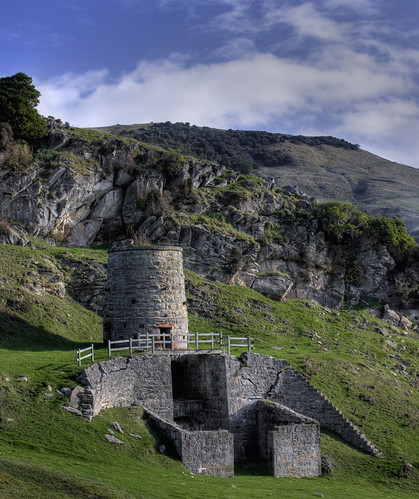
Here's an excerpt from the Otago Witness of 9 April 1870, an account of a visit to the limeworks via Portobello:
"A smart walk of about a couple of miles along a fine road, and the vicinity of the lime was reached, and after a little search found on the side of a picturesque gully. There is a good deal of clearing going on on both sides of the road at this point, and the beautiful bush is fast disappearing, to be laid down in grass or cereals. The lime crops out from the side of a bluff or spur coming down from the high ground to the south, and the bed is of considerable thickness. The stone is had, dense, and of a greyish blue colour, containing very few fossils — an occasional mussel or oyster, of large size, being met with. However, in a stratum of stone of a slaty texture, which underlies the lime, fossil shells are frequently got. The kiln was charged, and men were busy at work breaking out stone from the quarry. This has to be done by blasting in the usual way, and then the stone is broken small enough by hammers, so as to assist the process of calcining. The enterprising proprietor. Mr McDonald, was present, and he obligingly showed all the operations, and explained the action of the kiln, which has some peculiarities about it. The kiln is about 30 feet in height, and seven feet in diameter at the upper end, built of limestone, but lined throughout with firebrick. It answers its purpose thoroughly, being able to turn out 150 bags a day, or even double that if necessary. There is a peculiar arrangement of shoots at the bottom of the kiln, by which the draught is very easily regulated, and the stone can be drawn from any part of it that may be necessary. Instead of the mouth of the kiln being exposed to the air it is covered in by a substantial house, which serves as a store for the lime, and also preserves it from the weather. There is abundance of firewood close to the works, and with a good road to Dunedin, Mr McDonald ought to be able to supply very readily all the demands of the trade."
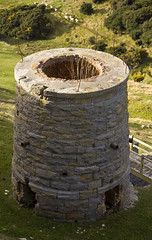
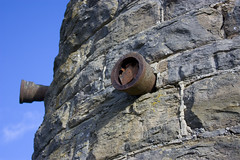
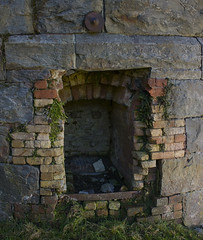
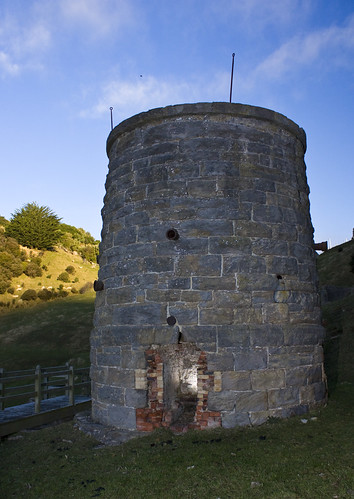
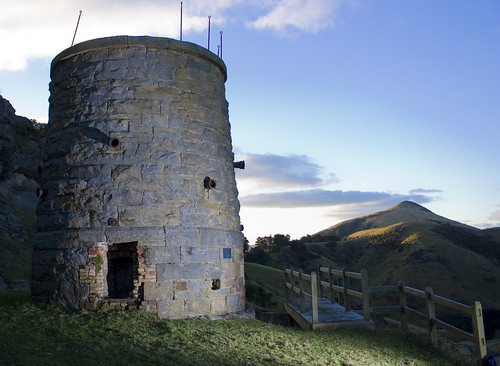
Further down the track, you can find a ruined farmhouse. All of this land was bought by the DCC in recent years. It's a great place to explore and take pictures.

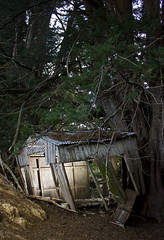
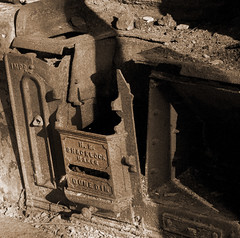
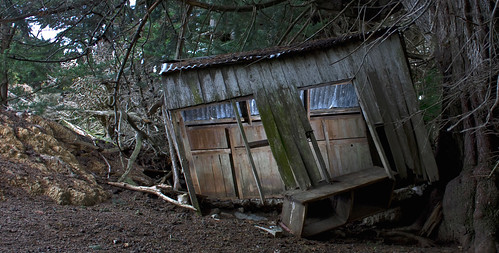
Derelict buildings like this are great to practice one of my favourite techniques: setting off a strobe inside, balanced with the ambient light, to give it a kind of life force within. More on strobes and strobism in another post.

No comments:
Post a Comment